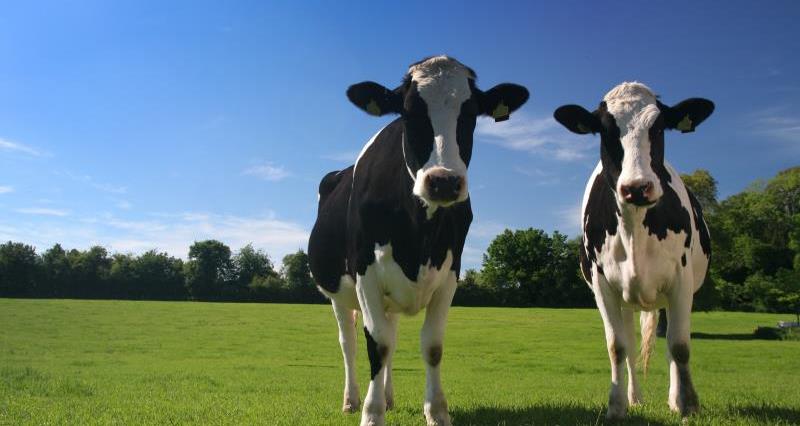The International Dairy Federation acts as the global voice of dairy. It has a membership which represents over 75% of world milk production and importantly includes the UK.
She writes:
Our work in the build up to the Red Tractor standards consultation has been relatively narrow in focus when you consider the global standards space. That isn’t to say it’s not important – it is, particularly as it impacts the everyday lives of our dairy farming members and I’m pleased that our involvement in the Red Tractor Technical Advisory Committee means that changes have been made to several of the proposed new standards prior to the consultation launch.
It was interesting to hear from Dr Robin Ganzert, CEO of the American Humane Association, about the growing number of dairy farmers in the USA who farm to standards set and audited by the organisation. Apparently certification has grown 1,500% in four years and certified humane dairy products are being sold in numerous American retailers. We all vary in our standards though, as highlighted by the following speaker Dr Hans Hopster of Wageningen University, who spoke about the Dutch approach to standards which are based on data recorded on dairy farms as part of the Dutch sustainable dairy chain initiative, of which grazing was a much debated topic in more than one seminar this week.
So does it matter that our standards vary? If we look at standards more widely and include those on food safety, environment and labelling to name but a few, then the answer to the question is yes. Defra this week launched a new action plan for food and drink exports, identifying nine markets across 18 countries with the best potential for growth and with Brexit the issue of differing standards is likely to become increasingly important.
Differing standards can act as a non-tariff barrier to trade and during a seminar about the economic significance of standards we were told that on a global level they are growing in number and complexity, putting pressure on global food chains. Issues around differing standards are routinely taken to the WTO and can be contentious. Dr. Joseph Glauber from the International Food Policy Research Institute, USA used TTIP negotiations as an example, with differences between the USA and EU including standards around growth hormones, somatic cell counts and Geographical Indications.
So what is the answer? Clearly there will always be some standards that differ and I must add here that our Dairy Board were clear in their initial meeting after the Brexit vote that they wanted some protection from substandard dairy imports. However, the vast majority of standards (not the controversial ones listed above) are likely to be similar. The presenters in the economics seminar were calling for something that we are continually promoting in the British dairy supply chain, collaboration. They wanted to see internationally accepted methods and standards, based on sound science or recognition of the equivalence of standards where they differ. As a dairy industry we clearly have a role here to collaborate with regulators to benefit producers, purchasers and consumers.
It was therefore reassuring to hear not only that this is a large part of the work the IDF do, shaping global regulatory frameworks through the development of policies, specifications and guidelines but also that Judith Bryans, CEO of Dairy UK, has become IDF President, giving the UK an even stronger voice.
